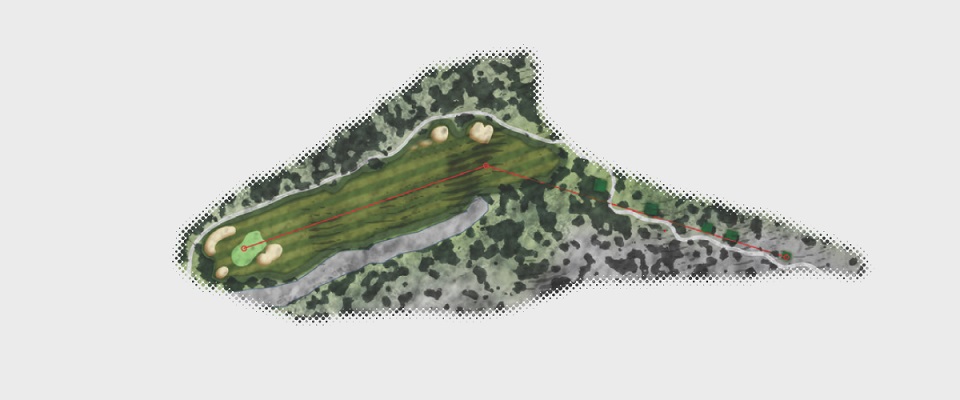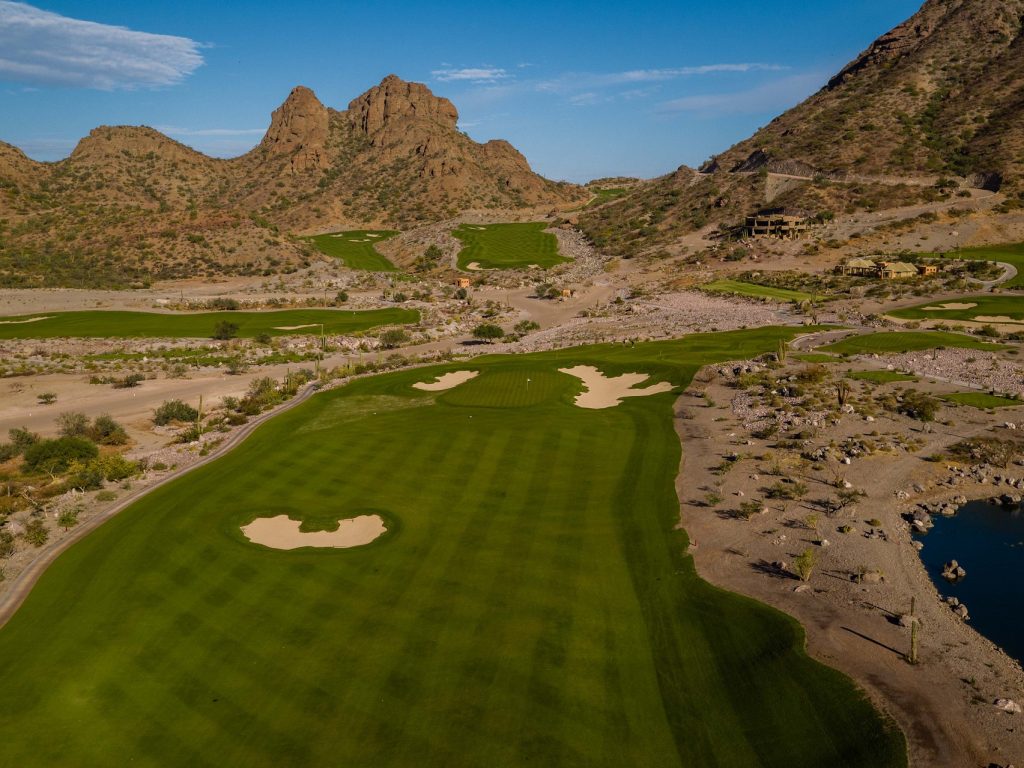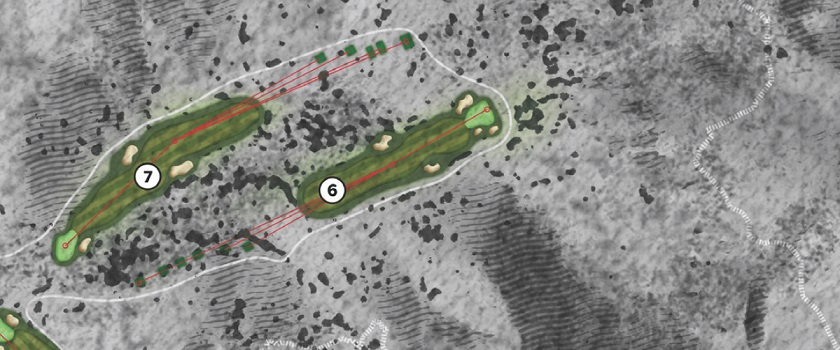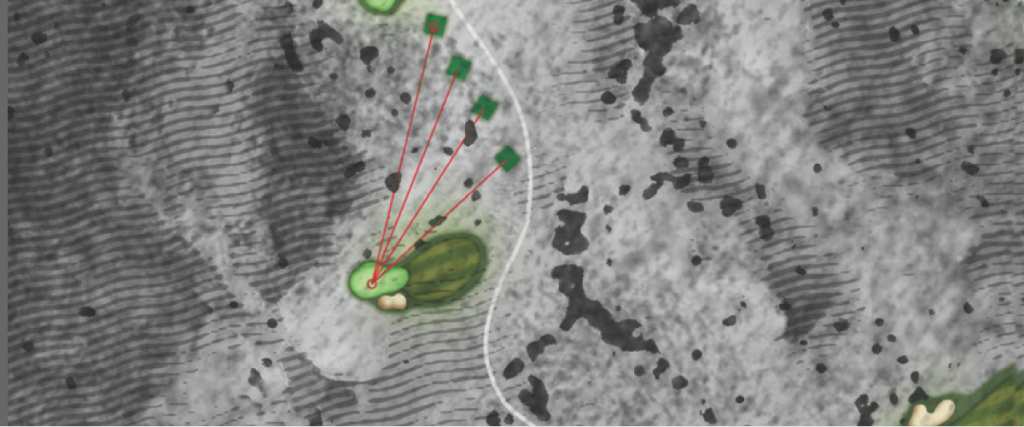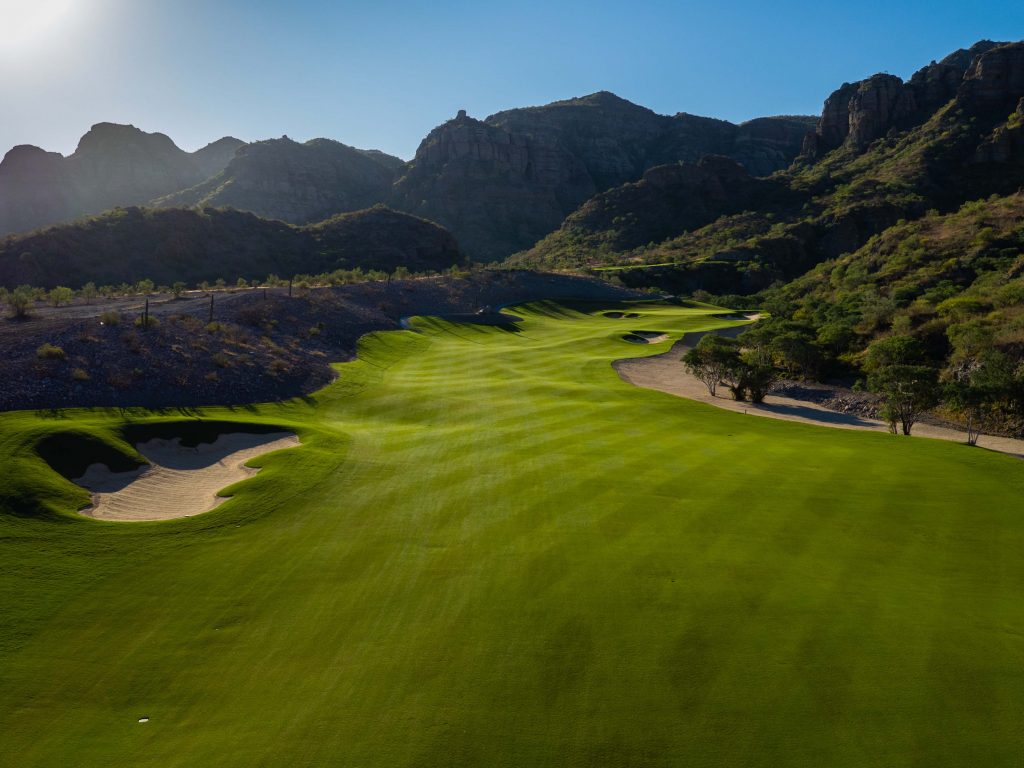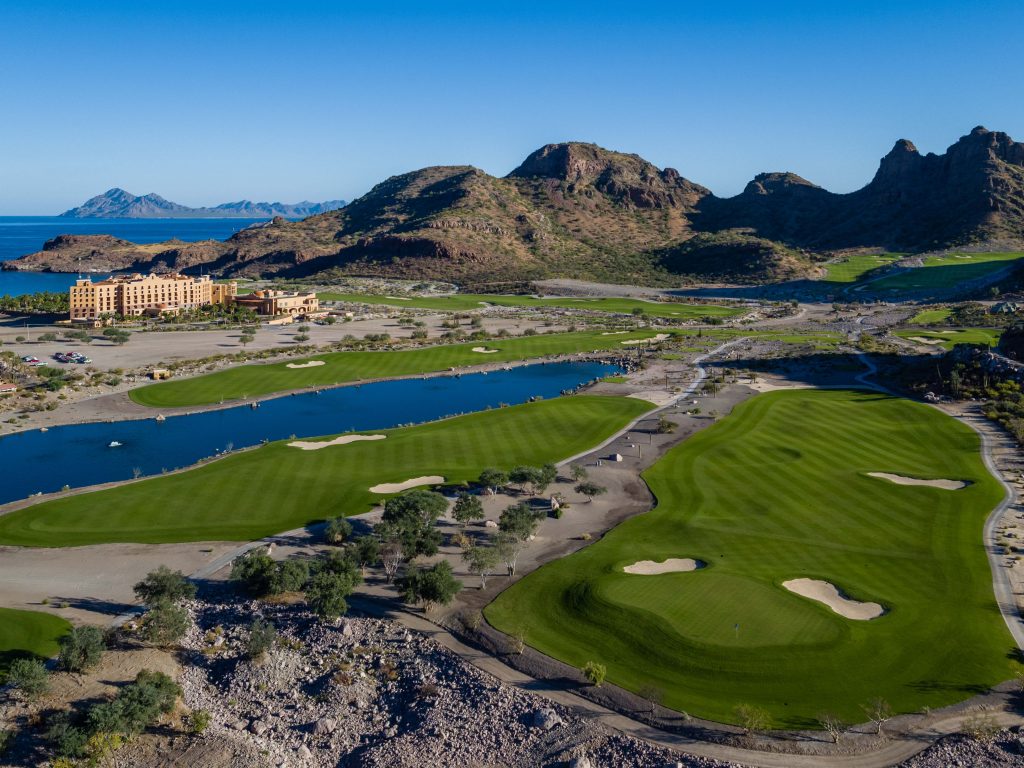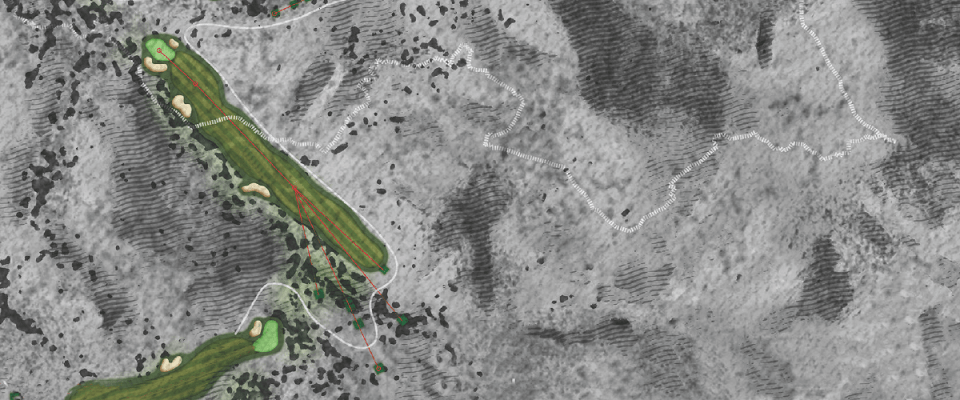


Turfgrass 101: TPC Danzante Bay’s Carpet of Green
Above all else, golfers like to play a beautiful, well-groomed course with smooth, velvety greens. It’s a fair description of TPC Danzante Bay.
Until recently, the beauty was available but the grooming wasn’t in subtropical desert regions such as Loreto, where secondary water sources (due to their high salt content) were difficult for most warm-weather turfgrasses to assimilate.
And then along came paspalum.
Developed in the early 1990’s by Dr. Ronny Duncan, a research professor at the University of Georgia who had been studying paspalum under a grant from the USGA, this unique cultivar has become the agronomic star of the 21st century. It’s certainly the most environmentally friendly warm-season turfgrass yet developed.
After putting together what he called a “world collection of existing paspalums,” Duncan, who concluded that fine-textured paspalums originated on African sand dunes and arrived in the New World as bedding on slave ships, began experimenting with different strains of the grass. Paspalum, which requires a fraction of the amount of pesticides, insecticides, and fertilizer used by normal grasses, is salt tolerant and can be irrigated with brackish or recycled water. Paspalum develops a thick, emerald green canopy not unlike that of Kentucky bluegrass. Stiff-leafed and waxy, it perches a golf ball like an egg. Growth is rapid. Divots fill in quickly. Paspalum is very durable and has exceptional wear tolerance. This drought-resistant turfgrass also responds well to lower mowing heights: the speed of ball roll on putting surfaces is comparable to that of hybrid Bermuda grasses.


A case in point. Golf course superintendent Neil Cleverly managed the paspalum greens at the Rio 2016 Olympic Golf Course in Brazil. While virtually a brand-new course, Cleverly and his team maintained the green speeds throughout the competition to professional tournament standards. Mayakoba, located on Mexico’s Riviera Maya and host of a PGA Tour event, is also surfaced from tee to green in paspalum, as are many of the golf courses in Los Cabos.
According to Danny Garcia, head pro at Danzante Bay, “We have Sea Spray Paspalum on the fairways and roughs and SeaDwarf Seashore Paspalum on our greens. Both of these newer strains of paspalum work very well with recycled water, especially in combination with our warm, sunny weather. In particular, SeaDwarf is great for greens because it tolerates a wide range of mowing heights.”
Garcia went on to explain that the club’s paspalum fairways can get very dense and lush, which golfers like because it forms a cushion beneath the ball. However, the rough has to be carefully monitored. “If the rough gets too high or uneven, it can be extremely difficult to hit out of if the ball nestles down.” The maintenance crew does a good job of mowing the rough to a reasonable height. One caveat: pasplaum is sticky. As Danzante Bay regulars know, any pitch or chip shots that land short of the green tend to stop immediately.
OK, so the ball doesn’t release. The trade-off, for paspalum’s eco-friendliness, exceptional playability and eye-popping shade of green, is well worth it.






